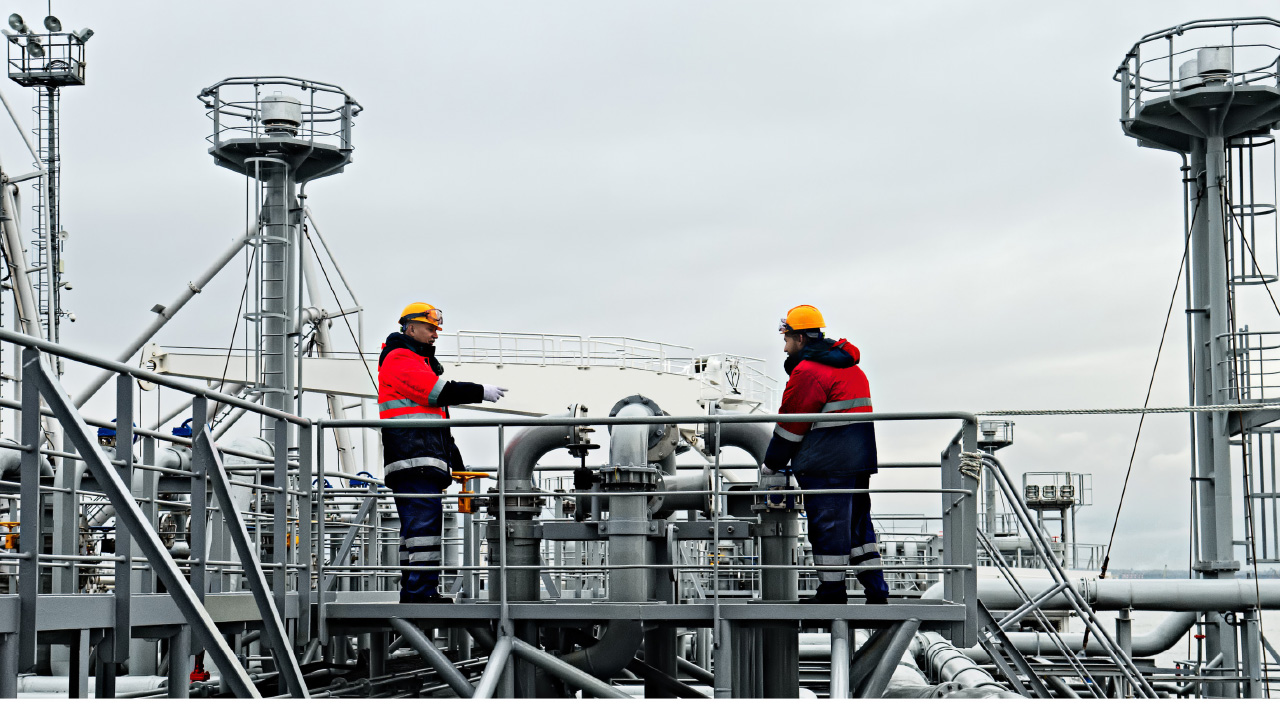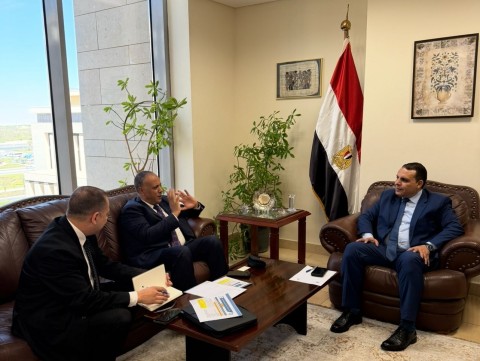Egypt’s downstream industry, encompassing refining, and petrochemical plants, plays a critical role in the nation’s economic development. This sector has the potential for increased refining capacity and product diversification. By understanding the current landscape and future aspirations, we can gain valuable insights into the role this vital industry will play in shaping Egypt’s economic future.
Investing in Self-Sufficiency: The MoPRM’s Downstream Strategy
Recognizing the importance of self-sufficiency in vital products, the Egyptian Ministry of Petroleum and Mineral Resources (MoPMR) launched a strategic initiative in 2016 to bolster domestic output of petroleum products and petrochemicals. This ambitious plan aims to enhance the performance of the refining industry and significantly increase production capacities.
The petroleum sector has come a long way in completing projects for new complexes and production units for petroleum refining during 2023, with a total investment of $7.3 billion. These projects come with the aim of producing high-quality petroleum products to contribute to securing the needs of the local market and reducing imports.
Meanwhile, the Egyptian oil and gas sector is going on in promoting and implementing a large package of new petrochemical projects to increase added value and provide local production of various raw materials and various products that are used in many fields to reduce imports and provide quantities for export to raise the dollar surplus.
Accordingly, 2023 witnessed the start of procedures for implementing a group of new projects to maximize the added value in the New Alamein and Damietta regions, which included the silicon metal and sodium carbonate (soda ash) production complexes in New Alamein. The projects further included the green ammonia and green methanol projects in Damietta, with a total investment of more than $2 billion, in addition to continuing to complete the various implementation stages of projects to produce MDF wooden panels from rice straw. Moreover, the 2023 petrochemical projects included the production of methanol derivatives, and the production of bioethanol from molasses, with a total investment of about 630 million dollars.
Downstream Development Projects: Fueling Growth and Economic Diversification
The Egyptian government is actively working to develop the downstream sector of its oil and gas industry. This sector takes crude oil and refines it into more valuable products like gasoline, diesel, and petrochemicals. Accordingly, the government is investing in downstream infrastructure, such as refineries expansion and establishing new refining units; and implementing best practices across the petrochemicals sector, in order to boost Egypt’s ability to process crude oil.
This comes as Egypt wants to become an exporter of valuable downstream products, instead of a provider of raw materials like crude oil. This will not only generate more revenue but also solidify the country’s position as a key player in the global energy market by providing high-value petroleum products.
The sector’s ongoing and planned projects that aim to enhance the downstream sector include the polypropylene production project (SIDPEC), which aims to generate polypropylene with a 450,000 tons annual capacity to cover local market’s demand and export the surplus.
The projects further include the polybutadiene production project (ETHYDCO), which is set up to convert 20,000 tons per year of Butadiene, sourced from both Ethydco and SIDPEC, into 36,000 tons per year of Poly Butadiene. This maximizes the value of the resource. Meanwhile, the resin glue and medium density fiberboard (MDF) production project aims to annually produce 205,000 cubic meters of MDF panels based on 245,000 tons of Egyptian rice straw, which is to meet part of the growing needs of local market as well as to contribute in reducing the environmental pollution resulting from burning straw Rice.
Additionally, the projects underway and planned include the methanol derivatives Production project (SMD), which is set to increase the added value of methanol produced by Emethanex, the caustic soda produced by the Egyptian petrochemical company and the urea produced by MOPCO in order to annually produce 52,000 tons of formaldehyde urea and 26,000 tons of the formalized form of Naphthalene.
Meanwhile, the sector is currently studying a refining and petrochemicals complex project. A cutting-edge refinery is planned for the New Alamein area. This facility will boast a capacity of 2.5 million tons per year, processing both crude oil and condensates. It will leverage existing infrastructure at Hamra port and source crude oil from the Western Desert, with the flexibility to import additional volumes as needed. The refinery will be integrated with a petrochemicals complex, allowing for the production of a full range of high-quality fuels and valuable petrochemical products.
In conclusion, the Egyptian downstream sector has a promising future with many development projects that aim to boost the sector capacity and performance. With its vast potential for increased capacity and product diversification, this sector holds the key to unlocking significant economic growth. By analyzing the current landscape and ambitious future plans, we gain valuable insights into the downstream industry’s role in shaping a more prosperous Egypt.








